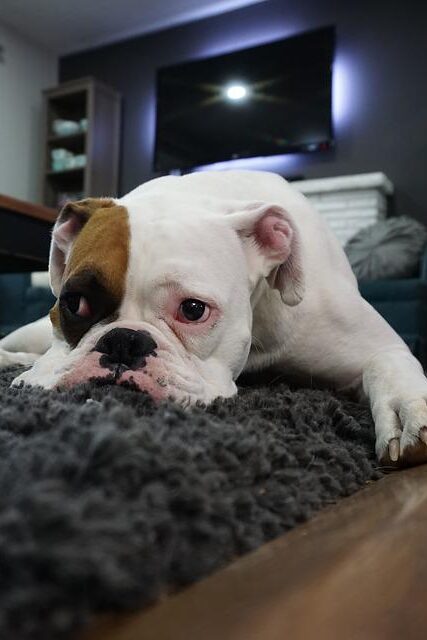
Even with regular cleaning, tiles can sometimes fall victim to stubborn stains that seem impossible
to remove. Don’t despair! This comprehensive guide will walk you through safe and effective DIY
methods to tackle those tough tile stains. Whether you’re dealing with rust, grease, hard water
marks, or mold, we’ve got you covered with solutions that won’t break the bank or harm your tiles.
Understanding Different Types of Tile Stains
Before we dive into the cleaning methods, let’s identify some common tough stains:
Rust stains
Grease and oil marks
Hard water deposits
Mold and mildew
Coffee, tea, or wine stains
Ink or paint splatters
Safe and Effective Stain Removal Methods
- Rust Stains: The Lemon and Salt Method
Keywords: rust removal, citric acid, natural abrasive
Rust stains can be particularly challenging, but this method often does the trick:
Cut a lemon in half
Sprinkle coarse salt on the cut side
Rub the lemon directly on the rust stain
Let it sit for 5-10 minutes
Scrub gently with a soft brush
Rinse thoroughly and dry
For larger areas, make a paste with lemon juice and salt. - Grease and Oil: Dish Soap and Hot Water
degreases, kitchen tile cleaner, oil stain remover
For those pesky kitchen splatter stains:
Mix a few drops of dish soap with hot water
Apply the solution to the stained area
Let it sit for 5 minutes
Scrub with a soft brush in circular motions
Rinse with clean water
Repeat if necessary
For stubborn grease, add a sprinkle of baking soda to the soap solution for extra cleaning power.3. Hard Water Deposits: Vinegar Soak
Keywords: limescale removal, mineral deposit cleaner, bathroom tile rescue
Hard water can leave unsightly marks on tiles, especially in bathrooms:
Soak paper towels in white vinegar
Apply the soaked towels to the affected areas
Let them sit for 1-2 hours
Remove the towels and scrub gently with a soft brush
Rinse thoroughly with clean water
Dry and buff with a microfiber cloth
For vertical surfaces, use a spray bottle to apply the vinegar solution. - Mold and Mildew: Hydrogen Peroxide Solution
Keywords: mold killer, bathroom sanitizer, grout cleaner
Mold and mildew not only look unsightly but can also be health hazards:
Mix equal parts hydrogen peroxide (3%) and water in a spray bottle
Spray the solution generously on the affected areas
Let it sit for 10-15 minutes
Scrub gently with a soft brush
Rinse thoroughly with clean water
Dry completely to prevent mold regrowth
For severe cases, use undiluted hydrogen peroxide, but test on an inconspicuous area first. - Coffee, Tea, or Wine Stains: Baking Soda Paste
Keywords: organic stain remover, tile whitener, natural cleaning
These everyday spills can leave lasting marks if not treated promptly:
Make a paste with baking soda and water
Apply the paste to the stained area
Let it sit for 10-15 minutes
Scrub gently with a soft brush
Rinse with clean water
Repeat if necessary
For older stains, add a small amount of hydrogen peroxide to the paste. - Ink or Paint: Rubbing Alcohol Method
Keywords: paint remover, ink stain solution, solvent cleaning
For those accidental artistic splatters:
Apply rubbing alcohol to a clean cloth
Dab the stained area gently (don’t rub, as this can spread the stain)
Let it sit for a few minutes, Wipe clean with a damp cloth
Rinse the area with clean water
Dry thoroughly
For larger paint spills, you may need to use a commercial paint remover designed for tile surfaces.
Preventive Measures
To minimize tough stains in the future:
Clean spills immediately when they occur
Apply a penetrating sealer to tiles and grout annually
Use doormats to reduce dirt and grime tracked onto tile floors
Install a water softener to prevent hard water stains
When to Seek Professional Help
While these DIY methods are effective for most stains, consider professional cleaning if:
The stain persists after multiple attempts
You’re dealing with antique or valuable tiles
The stained area is extensive
You’re unsure about the type of tile or appropriate cleaning method
By using these safe and effective DIY stain removal techniques, you can keep your tiles looking
pristine and extend their lifespan. Remember, always test any cleaning solution on a small,
inconspicuous area first to ensure it doesn’t damage your tiles.
Suggested Image Descriptions:
“Close-up of a hand using a lemon half to scrub a rust stain on a tile, with visible before and
after sections.”
“Split image showing greasy kitchen backsplash tiles before and after cleaning with the dish
soap method.”
“Time-lapse series of images showing the gradual disappearance of hard water stains on a
shower tile using the vinegar soak method.”
“Macro shot of mold on grout lines, with an inset image showing the clean grout after
hydrogen peroxide treatment.”
“Infographic displaying common household items used for stain removal: lemon, vinegar,
baking soda, hydrogen peroxide, and rubbing alcohol, with arrows pointing to the types of
stains they best remove.”
